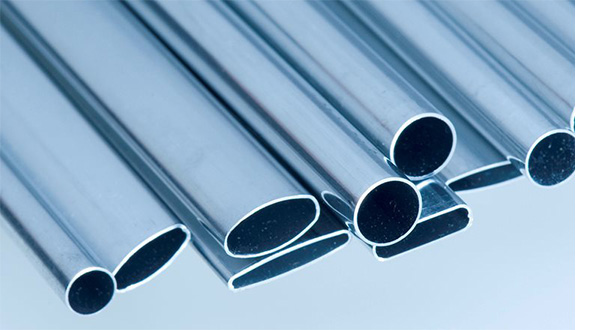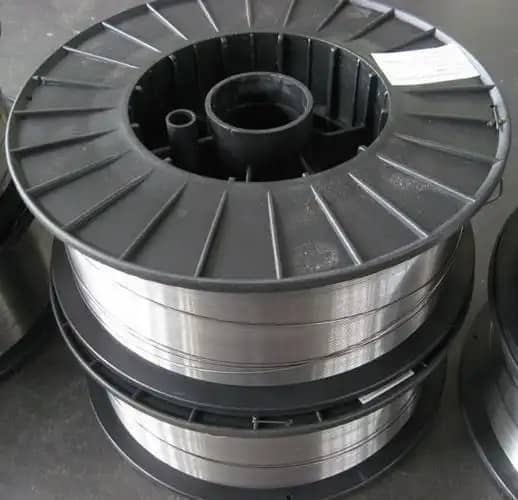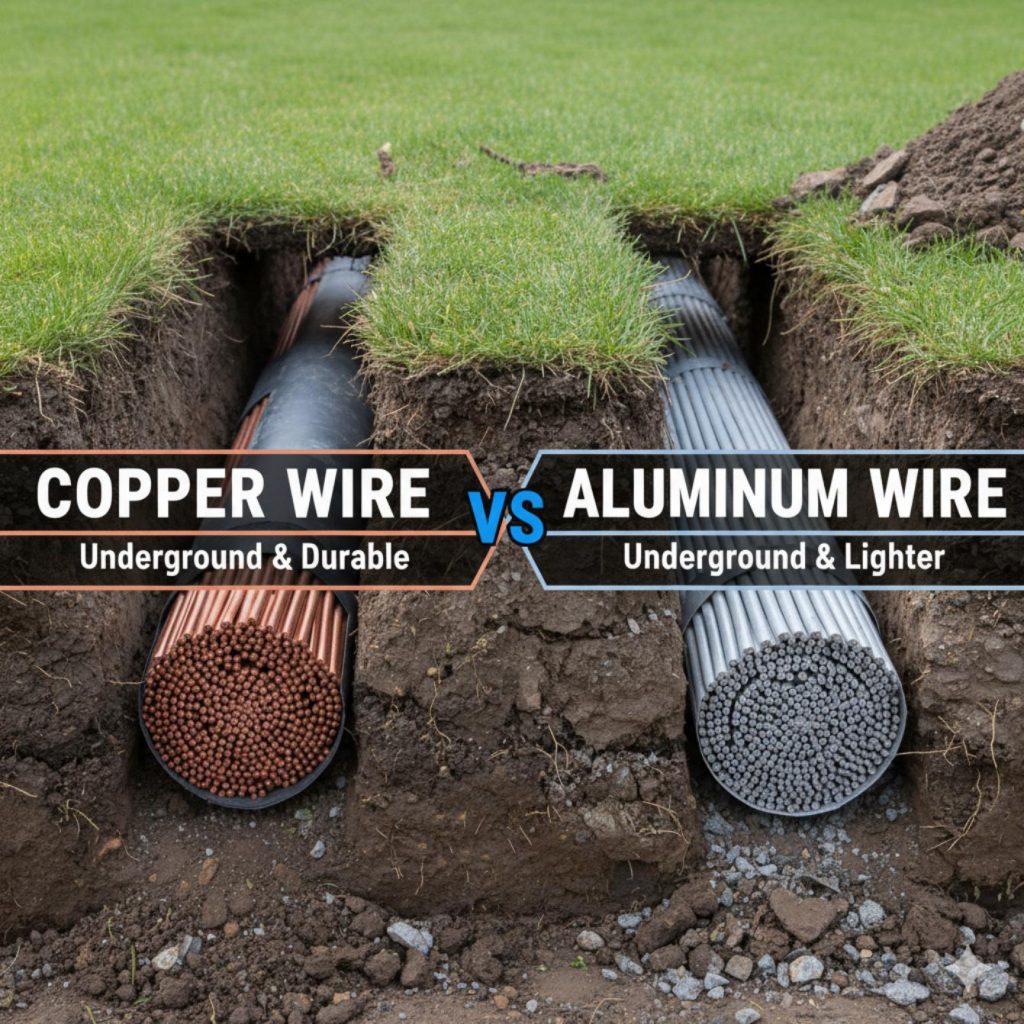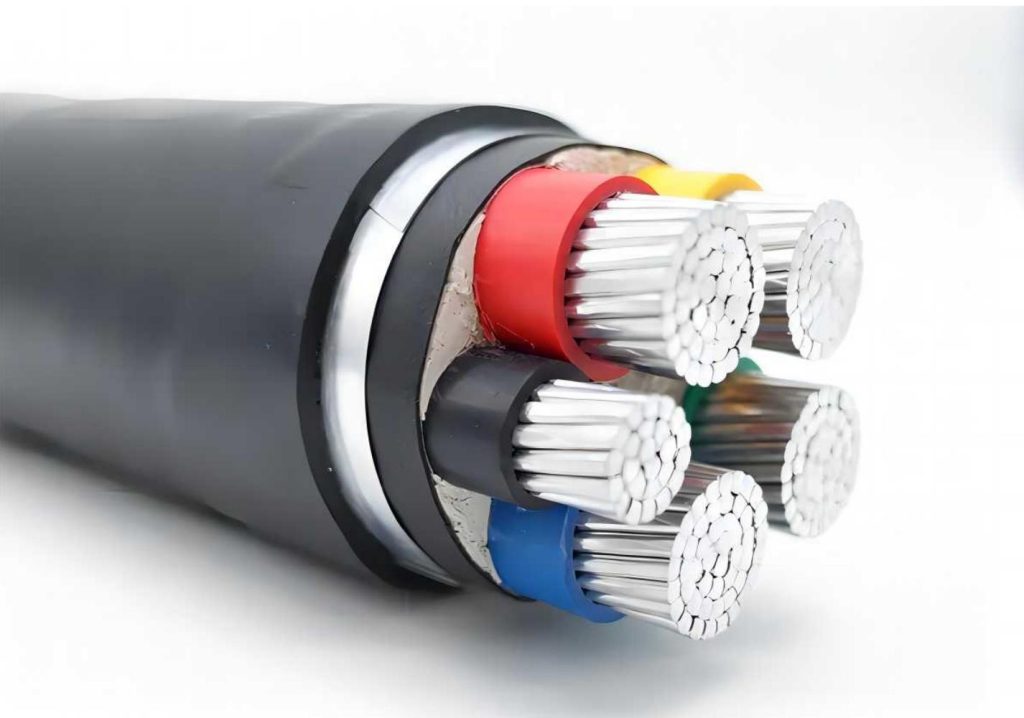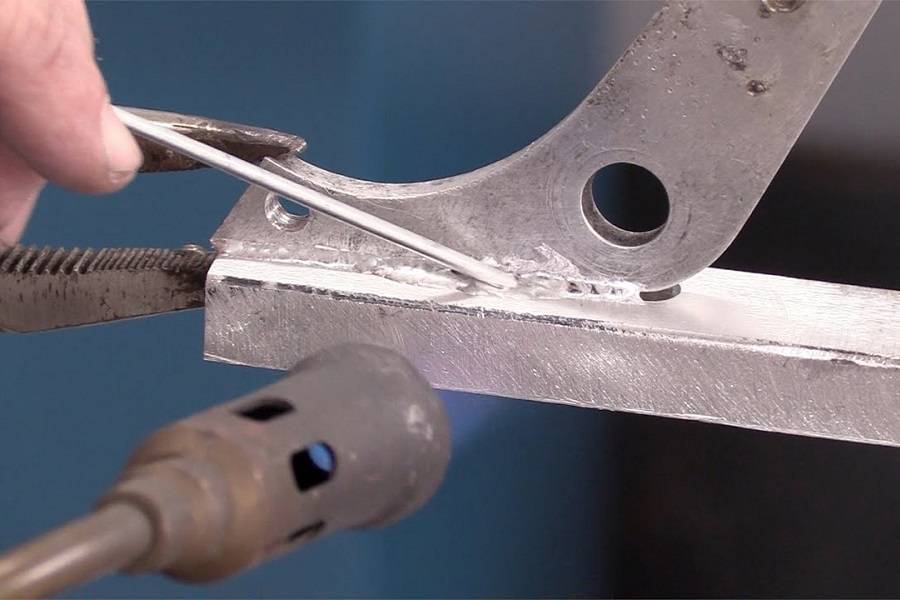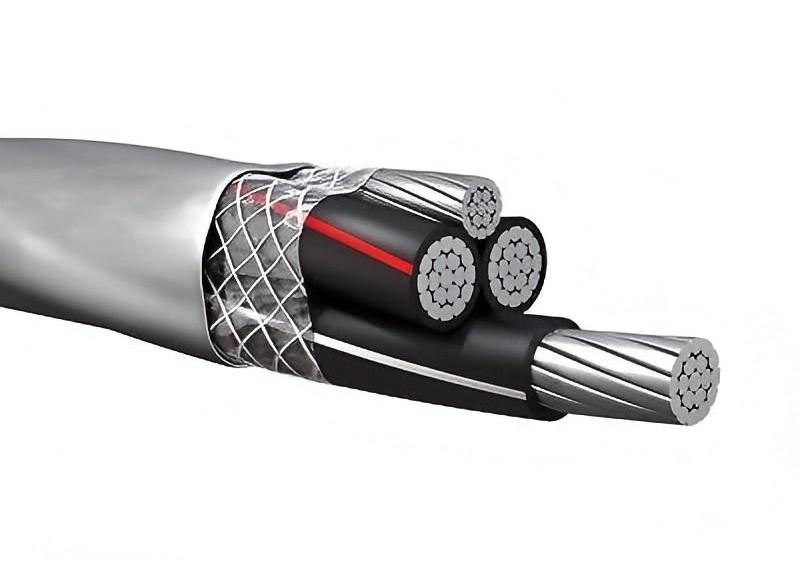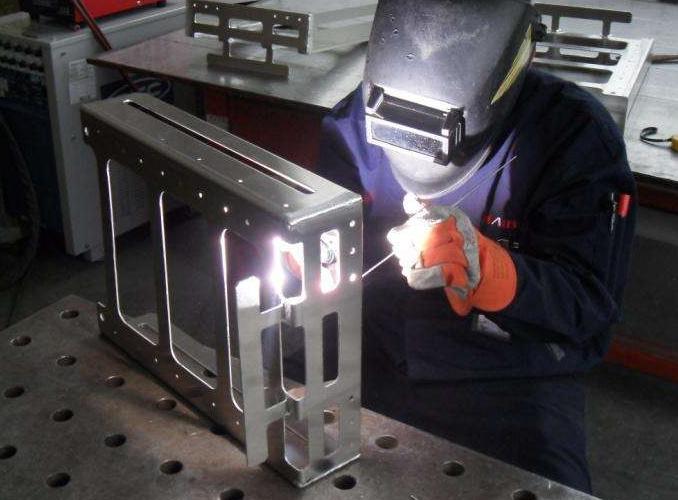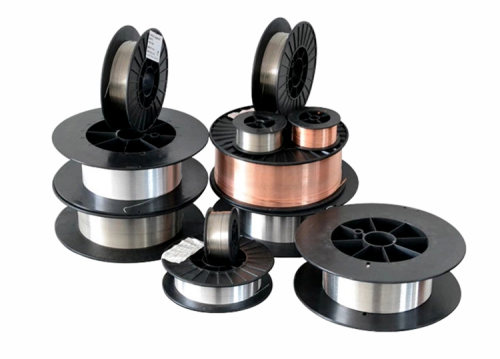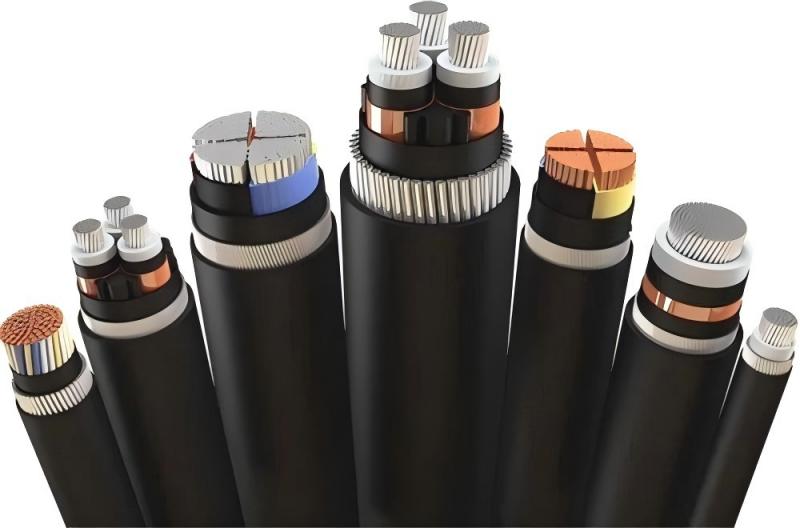Aluminum wire has become a viable and popular alternative to copper for electrical applications due to its lightweight nature, affordability, and excellent conductivity. While copper has long been the standard, aluminum wire is increasingly being used in a wide range of electrical projects, from power transmission to residential wiring. Selecting the right grade and type of aluminum wire is essential for ensuring safety, efficiency, and cost-effectiveness in your project. In this article, will guide you through different grades of aluminum wire, its applications, and tips for choosing the best option for your specific needs.
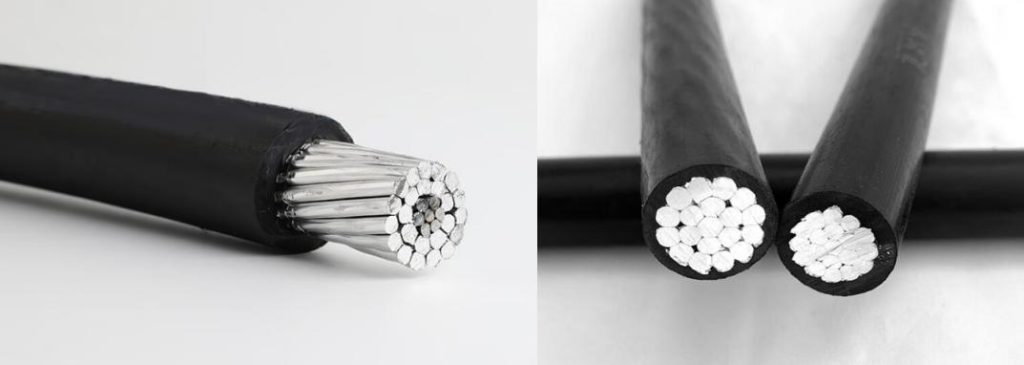
Different Grades of Aluminum Wire for Electricity
Aluminum wire comes in different grades, each designed for specific applications. The grade of aluminum wire affects its conductivity, durability, and overall performance. Understanding the different grades available is crucial for selecting the right wire for your electrical project.
Common Grades of Aluminum Wire
- AA-1350 (EC or Electrical Conductor Grade): This is the most commonly used aluminum wire for electrical applications. Known for its high electrical conductivity, AA-1350 is used extensively in power transmission and distribution. It is lightweight, making it ideal for overhead wiring, but requires larger gauges than copper due to its lower conductivity by volume.
- AA-8000 (Aluminum Alloy Conductors): AA-8000 is an aluminum alloy specifically designed to improve upon some of the limitations of AA-1350, particularly in residential and commercial wiring. AA-8000 is stronger, more resistant to corrosion, and easier to install compared to AA-1350. It is also approved for building wiring, where it has largely replaced AA-1350 in residential applications.
- AA-6201: This is a heat-treated aluminum alloy commonly used for overhead transmission lines. It offers excellent mechanical strength and good conductivity, making it suitable for high-voltage applications. Its enhanced durability allows it to withstand harsh environmental conditions.
- AA-8176: Used in electrical cables, AA-8176 offers high corrosion resistance and improved flexibility, making it a good option for underground wiring and other harsh environments.
How to Choose the Right Grade
Selecting the right aluminum wire grade depends on the specific application. For residential wiring, AA-8000 is generally the best choice due to its enhanced strength and ease of installation. For power transmission, AA-1350 or AA-6201 are commonly used due to their high conductivity and lightweight properties. Understanding the specific characteristics of each grade ensures that you select the best option for your project, balancing cost, conductivity, and durability.
Electrical Applications of Aluminum Wire
Aluminum wire is used in a variety of electrical applications, each requiring different specifications based on the environment, electrical load, and safety requirements. The widespread use of aluminum wire is largely due to its cost-efficiency and ability to carry large amounts of electrical current over long distances.
Key Electrical Applications
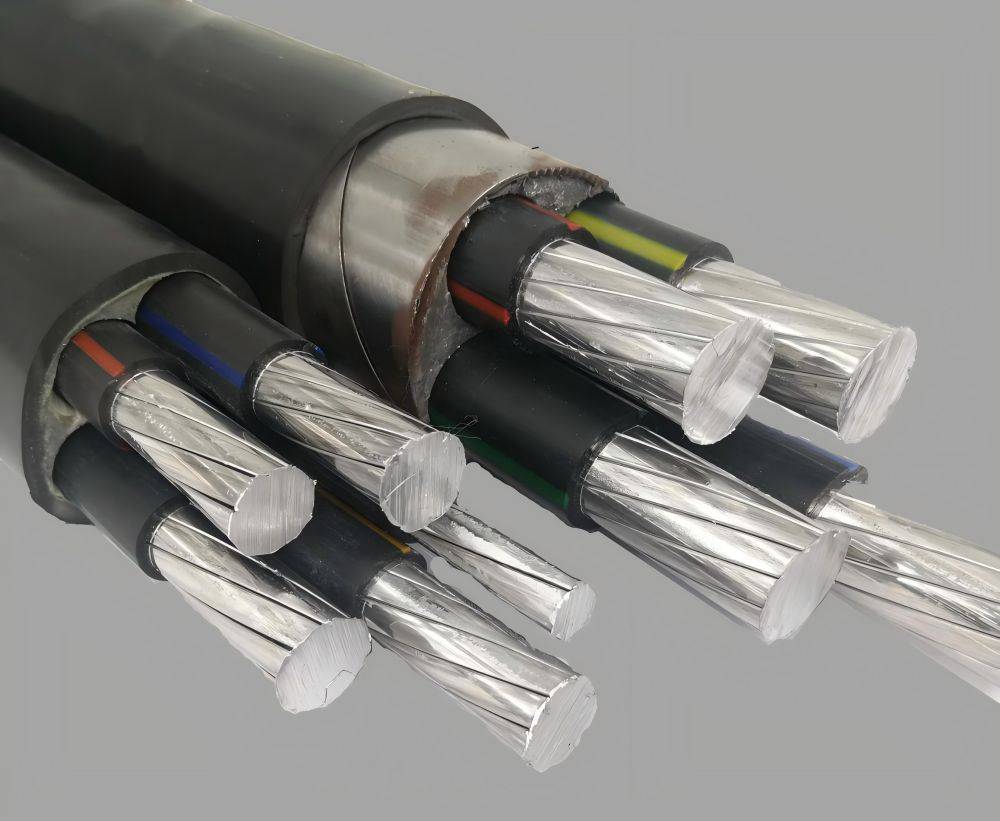
- Power Transmission and Distribution: Aluminum wire is extensively used in overhead power lines and transmission systems. Its lightweight nature reduces the stress on support structures, and its ability to conduct electricity efficiently makes it suitable for high-voltage applications. Both AA-1350 and AA-6201 grades are common in this area.
- Residential and Commercial Wiring: In homes and buildings, aluminum wire is used primarily for branch circuits, particularly in larger gauge wires. AA-8000 has become the standard for residential and commercial wiring due to its improved safety features, ease of installation, and cost-effectiveness compared to copper.
- Underground Electrical Wiring: Aluminum wire, specifically AA-8176, is used in underground electrical cables, where resistance to corrosion and flexibility are essential. Aluminum wire’s corrosion-resistant properties allow it to perform well in environments that are exposed to moisture or other harsh conditions.
- Renewable Energy Systems: Aluminum wire is also used in renewable energy projects, such as solar and wind power installations. Its lightweight and cost-efficient properties make it ideal for use in large-scale renewable energy grids that require extensive electrical wiring.
Benefits of Aluminum Wire in Electrical Applications
- Cost Efficiency: Aluminum wire is more affordable than copper, making it the preferred option for large projects where cost control is a priority.
- Lightweight: Its low weight reduces strain on physical structures and makes it easier to transport and install.
- Corrosion Resistance: Aluminum forms a natural oxide layer that protects it from corrosion, making it ideal for outdoor and underground applications.
- High Conductivity-to-Weight Ratio: While aluminum is not as conductive as copper by volume, its high conductivity relative to its weight makes it effective for long-distance power transmission.
The use of aluminum wire across a wide range of electrical applications, from residential wiring to power transmission, highlights its versatility and efficiency. Whether you’re working on a large-scale industrial project or wiring a home, aluminum wire offers significant cost savings and performance advantages.
Choosing the right aluminum wire for your electrical project involves understanding the different grades available and knowing which application best suits your needs. Aluminum wire provides a lightweight, cost-effective solution for a variety of electrical applications, from power transmission to residential wiring. By selecting the appropriate grade and type of aluminum wire, you can ensure the efficiency, safety, and longevity of your electrical system. Be sure to consult with a professional to ensure the right grade and specifications for your specific electrical project.


